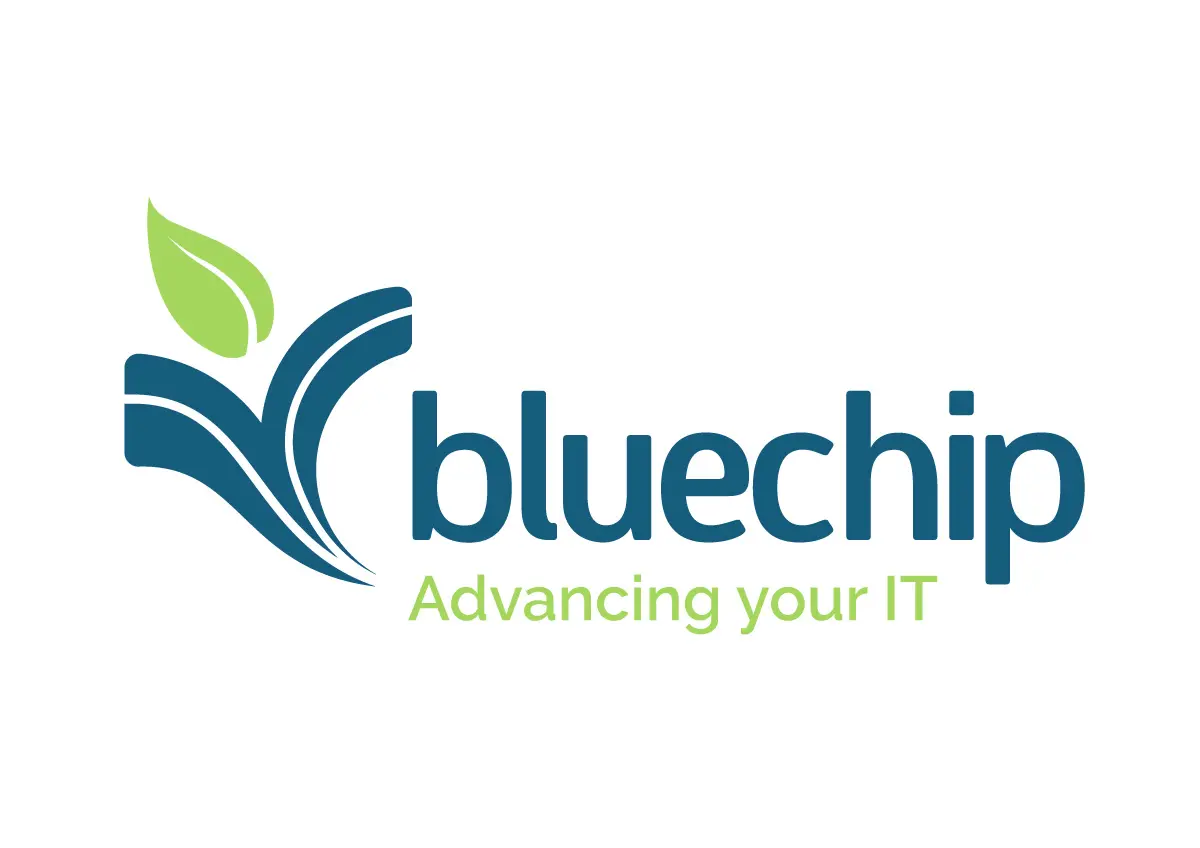
Transitioning your IBM applications into the Blue Chip Cloud - How it Works
Added Wednesday 22 July 2020
Enhanced flexibility, connectivity and ability are just a handful of the reasons organisations decide to migrate to the cloud. But what’s involved in the process and how long does it take? We caught up with Blue Chip’s National Sales Manager, Matthew Bailey and Product Manager, Darren Smith to find out.
When it comes to transitioning your IBM applications into the cloud, Blue Chip’s level of expertise is unparalleled. “We’ve transitioned and consolidated IBM workloads from over 150 countries around the world into our data centres, making us the go-to IBM experts globally,” explains Bailey.
Instead of hiring contractors, Blue Chip upskill their own team of technical experts, enabling them to offer the whole package. “Not only do we sell and run the infrastructure but we’re unique in that we manage the operating systems and the databases for our customers that run on these IBM technologies too,” Bailey adds.
How long does the migration take?
Some businesses worry about the impact of downtime when transitioning to the cloud, but Blue Chip can deliver built environments within 48 hours. Bailey explains: “Blue Chip truly delivers a cloud service, so the customer doesn’t have to wait for infrastructure to be procured. When they say go we’re ready to go. “Our automation allows us to deploy our environment within hours and have the customer testing connectivity and data almost immediately.”
Which IBM applications can Blue Chip transition?
The question is: what can’t they? Blue Chip’s expertise in IBM technology coupled with their hybrid cloud approach means they can migrate legacy hardware into their cloud as well as the most up-to-date applications.
“Our network is very flexible,” explains Smith. “If you transition to the public cloud you have to go the ‘latest and greatest’; at Blue Chip we’d like you to but if you can’t, our environment can still support you. We can accommodate your legacy hardware and operating systems and use legacy swing kits to keep you running on site throughout the migration.”
How does the transition process work?
Dedicated team
When Blue Chip onboards a customer and transitions them from their onsite facility into the cloud, a dedicated migration team is formed. This team works closely with the customer throughout the migration project and in many cases, beyond.
Scope
Next, Blue Chip scopes the migration and looks at what the customer needs to migrate; not just virtual machines but storage, directory and power users. “We look at how they’re doing their backups and how we’re going to get the data in,” says Smith.
“We decide whether we’re going to stream the data in or use a more traditional backup and restore method. We can get customer’s data into our cloud in a multitude of ways; we can take a tape and restore it and perform an update on what’s been changed since it was last out, or we can facilitate a continuous data stream across from the customer to us.”
Design
Again, owing to their in-house technical expertise, Blue Chip is able to guide customers through an audit phase that involves looking at the applications they already have.
Both parties work together to decide whether or not to make changes to the customer’s network landscape and security before or after the transition. According to Smith, come customers prefer to make changes prior to the migration whereas others opt for afterwards.
“Ultimately, the aim is to let the customer know that when they transition to the Blue Chip Cloud they’re going to be on better, newer and more resilient hardware across two physical locations/ Tier 4 and Tier 3 availability zones.”
To find out more about how we can transition, manage and maintain your IBM system in the Blue Chip Cloud, get in touch with the team today.
More Information
If you’d like hear more about this, please complete the form below:
